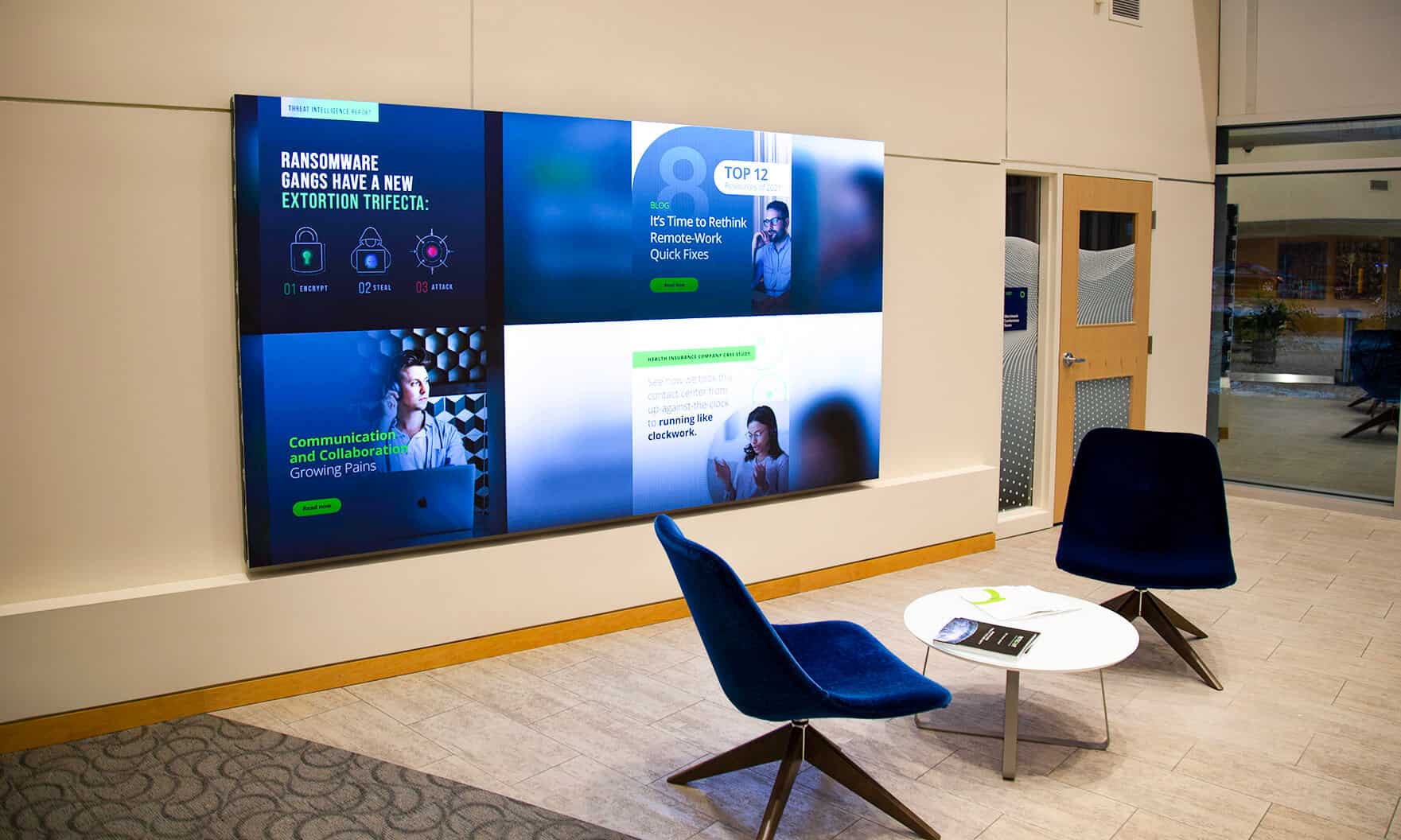Mastering the Art of Hue Calibration for Stunning Visuals on LED Walls
Wiki Article
Color tuning is an crucial process for attaining stunning images on LED walls. LED walls are commonly used in multiple environments, such as musical events, conferences, and advertising displays. These walls consist of many small LED lights that produce pictures and footage. However, if the hues are not adjusted properly, the images can appear flat or warped. Hue tuning guarantees that the hues shown on the light-emitting diode screen are accurate and lively, improving the complete viewing experience.
The first step in color calibration is comprehending the color space. Color spectrum refers to the scope of hues that can be shown on a screen. Different devices, such as photographic devices and displays, may use different color spaces. Common color spaces include standard RGB, Adobe RGB, and Digital Cinema Initiatives P3. Understanding which hue spectrum the LED wall uses is vital for proper tuning. This understanding helps in adjusting the hues to align the desired output, guaranteeing that the visuals appear as they were meant to be viewed.

Next, using a hue tuning device is vital for achieving accurate outcomes. These devices can be physical instruments or software tools designed to measure and modify hues. A color measurement device is a commonly used physical tool that measures the colors displayed on the LED screen. It offers data on how the hues look compared to the standard values. By using this data, adjustments can be made to the LED screen configurations, such as luminosity, differentiation, and hue equilibrium. This procedure assists in matching the shown hues with the intended hue benchmarks.
Another important factor of color calibration is ambient light evaluation. The illumination check out here in the surroundings where the light-emitting diode screen is situated can significantly affect how hues are perceived. For instance, intense surrounding illumination can dull hues, making them look less lively. Therefore, it is crucial to assess the illumination environment before tuning the light-emitting diode screen. Adjustments may need to be made to the wall's brightness and contrast configurations to counter for the ambient illumination. This ensures that the colors remain vivid and true to their intended appearance.
Finally, regular maintenance and recalibration are necessary to maintain the LED wall performing at its best. Over time, the colors on the LED wall may deviate due to elements like wear parts or variations in the environment. Regularly scheduled calibrations help to maintain color accuracy and uniformity. It is also advantageous to keep a record of calibration settings and results. This documentation can assist in spotting trends or problems that may occur, enabling for timely modifications. By prioritizing hue tuning, operators can guarantee that their LED walls deliver stunning images that engage viewers.